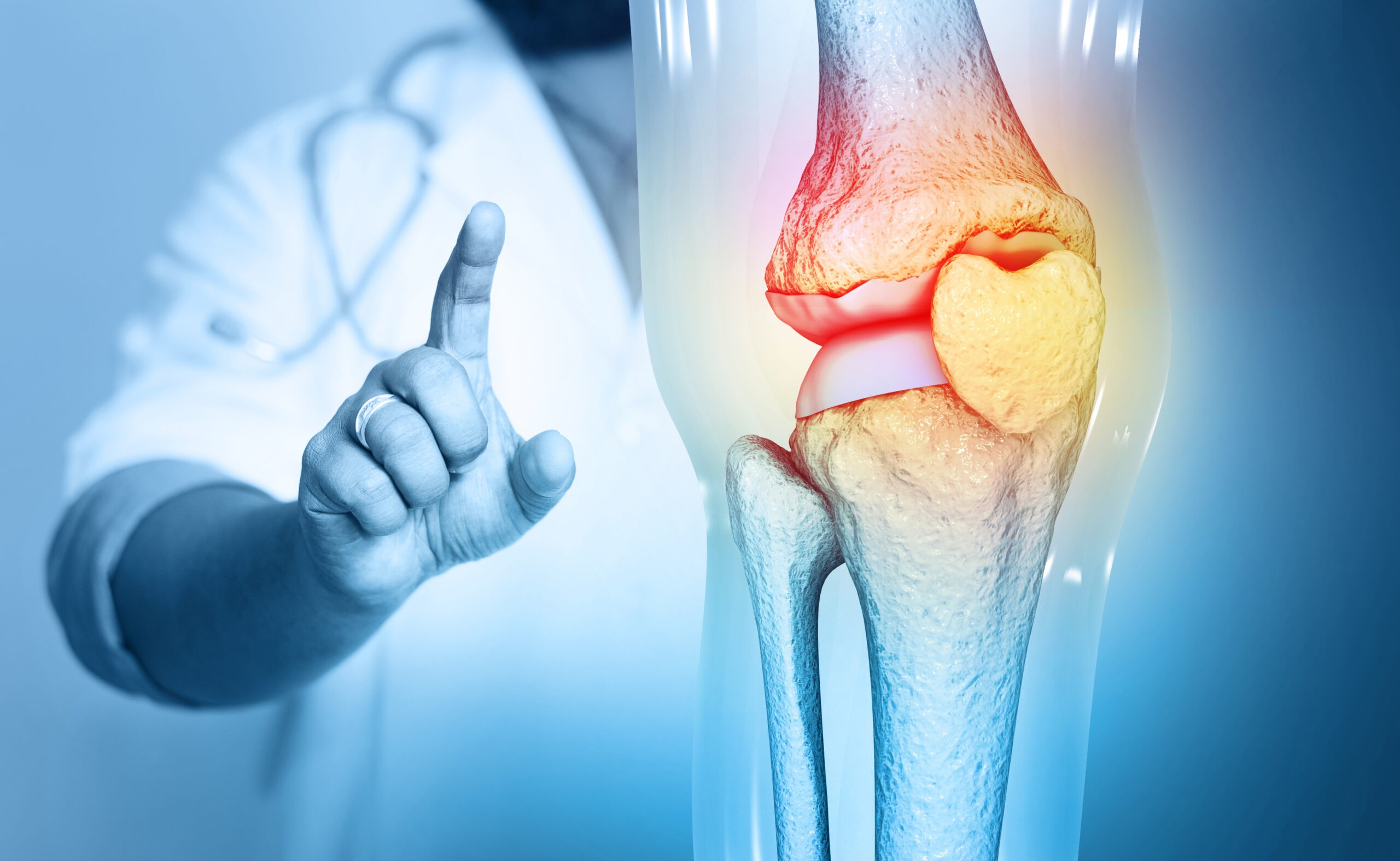What Is Patellofemoral Pain Syndrome?
Patellofemoral pain syndrome (PFPS), commonly known as "runner's knee," refers to anterior knee pain originating from the joint between the patella (kneecap) and femur (thighbone). It's a common overuse injury, especially among runners and athletes involved in jumping sports. At Mendelson Kornblum Orthopedics (MKO), our MI sports medicine specialists provide effective diagnoses and treatments for reducing chronic PFPS knee pain and keeping you active.
SCHEDULE YOUR APPOINTMENT
Mendelson Kornblum Orthopedics makes scheduling your appointment easy. Schedule online or call us at 855-750-5757
Already a patient? Find your provider and schedule here as well.
Causes of Runner’s Knee or PFP Syndrome
Patellofemoral pain is the most common cause of knee pain seen by doctors, often seen in those who participate in sports and especially prevalent in women and young adults. PFPS often arises from:
- Repeated knee bending during activities like running, squatting or ascending stairs.
- Muscle imbalances of the quadriceps and hamstrings pulling the patella out of alignment.
- Direct trauma to the knee from falls or blows.
- Flat feet overpronation, leading to excessive patellofemoral compression.
These factors strain the tissue lining between the underside of the patella and femur, resulting in painful inflammation. Women are at increased risk due to having a wider pelvis, which influences knee tracking.
Symptoms of Runner’s Knee
The most common symptom of patellofemoral pain syndrome involves a diffuse aching around or behind the kneecap, which worsens with knee flexion activities. Specific signs include:
- Pain beneath or around the kneecap that worsens when climbing stairs, running, or sitting for prolonged periods
- Diffuse knee soreness that limits your activity levels
- Crepitus, or crunching sounds from the patellofemoral joint
- Stiffness after getting up from sitting
Swelling may occur with acute flare-ups, but the knee usually appears normal. Kneecap dislocations are less common.
How is Runner’s Knee Diagnosed?

Our pain management doctors use various methods to diagnose PFPS, including gathering your history, giving you a physical exam to assess gait and biomechanics, and using X-ray or MRI imaging to exclude other issues like knee arthritis. They palpate for localized tenderness and evaluate kneecap mobility, muscle flexibility, and lower limb alignment. Understanding your training routines helps us identify contributing factors.
Patellofemoral Pain Syndrome Treatment
Our initial treatment plan for PFPS will focus on rest, ice, specialized knee bracing, and anti-inflammatory medications. If your pain level allows, we recommend physical therapy that targets hip/core strengthening, flexibility, and movement pattern re-education. These patellofemoral pain syndrome exercises can provide strength and stability that reduces your risk of pain and injury. Taping the patella or orthotic inserts can help realign the kneecap.
When conservative measures don’t provide relief, we offer several orthopedic services in MI to relieve your pain. Injections provide quick, non-invasive relief. Certain patients with anatomical abnormalities may benefit from surgery. Our specialists evaluate each patient’s individual situation to recommend the best course of treatment for you.
How to Prevent Runner’s Knee
Preventing PFPS centers on maintaining proper strength, flexibility, and mechanics during repetitive knee activities. Knee-strengthening exercises can help reduce the incidence of future pain flares. Specific activities you can engage in to strengthen your knees and reduce your pain include:
- Cross training, mixing low-impact cardio like swimming
- Stretching hip flexors and IT bands
- Strengthening quads/glutes to support tracking
- Replacing shoes every 350-500 miles
- Avoiding downhill running
- Using orthotic shoe inserts if you are flat-footed
If runner’s knee is holding you back from living the lifestyle you want, we invite you to get in touch. Our award-winning doctors and orthopedic surgeons help patients alleviate pain and get back to the active lives they love. Make an appointment today!
